The federal government’s Australian Skills Guarantee (ASG) has been identified in a RACE 2030 electricity sector jobs report as a solution to help double the number of skilled workers needed to deploy clean energy projects by 2029 (63,000) or 2050 (119,000), to achieve renewable energy export targets.
The Australian Electricity Workforce for the 2024 Integrated System Plan: Projections to 2050 report recommends the federal government extend the ASG, which currently ensures 1-in-10 workers on publicly funded projects be apprentices or trainees, to also cover all energy infrastructure involving public finance or procurement.
The need for fast solutions responds to the report’s findings which show electricity sector jobs must double by 2029 to 63,000 to meet domestic clean energy demand, and 119,000 by 2050 to achieve renewables superpower status through energy exports
Rooftop solar and batteries together are projected to account for over 40% of the jobs and a tripling in transmission line construction jobs to connect renewables in regional areas to cities and other states.
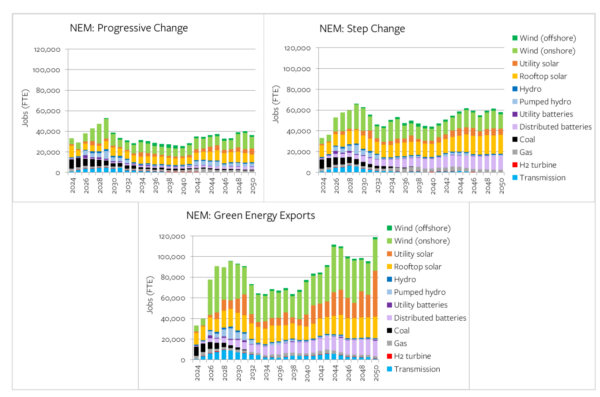
Image: National Electricity Market
The research also found the workforce needed to deliver the energy transition is even larger than identified in the report, with the workforce required for ‘behind the meter’ transitions, like energy efficiency and electrification, poorly researched but potentially contributing hundreds of thousands of additional jobs by 2030.
Commissioned by the Reliable Affordable Clean Energy for 2030 Cooperative Research Centre (RACE for 2030), the report’s findings are the result of a collaboration between the University of Technology Sydney Institute for Sustainable Futures (ISF) and the Australian Energy Market Operator (AEMO),
ISF Chief Investigator Jay Rutovitz said the transition to a clean energy future presents a huge opportunity for Australia, both in terms of job creation and economic growth.
“We need to act now to address the potential skills shortages to make sure we can deliver this transition and realise the benefits,” Rutovitz said.
The majority of the new jobs will be in renewable energy, with solar, battery storage and wind leading the way, however operations and maintenance roles are expected to account for 65% of the electricity sector workforce by 2033.
RACE for 2030 Program Leader Genevieve Simpson said the findings highlight the critical need for a proactive approach to workforce development in the renewable energy sector.
“The report underscores the urgent need for collaboration between industry, government, and training providers to ensure we have the skilled workforce required to deliver the ISP and achieve a clean energy future for Australia,” Simpson said.
Key challenges identified in the report include the significant rising need for skilled workers, including electricians, mechanical trades, and engineers potentially causing project delays and the construction-heavy nature of projects creating boom-bust cycles.
It also recommends streamlining the development process and promoting diversity in the energy sector.
Clean Energy Council Workforce Development Senior Policy Officer Julian McCoy said that the report underscores the urgent need for comprehensive reform to secure the workforce needed to support the energy transition.
“This report demonstrates the scale of challenges and opportunities the clean energy industry is facing. Done right, we can improve diversity and create lasting jobs in regional communities,” McCoy said.
“This requires a deeper understanding of the impacts of the transition on new and transitioning energy communities and co-designed, place-based transition planning that secures a just transition for all involved. We simply don’t have the time to waste.”
This content is protected by copyright and may not be reused. If you want to cooperate with us and would like to reuse some of our content, please contact: editors@pv-magazine.com.
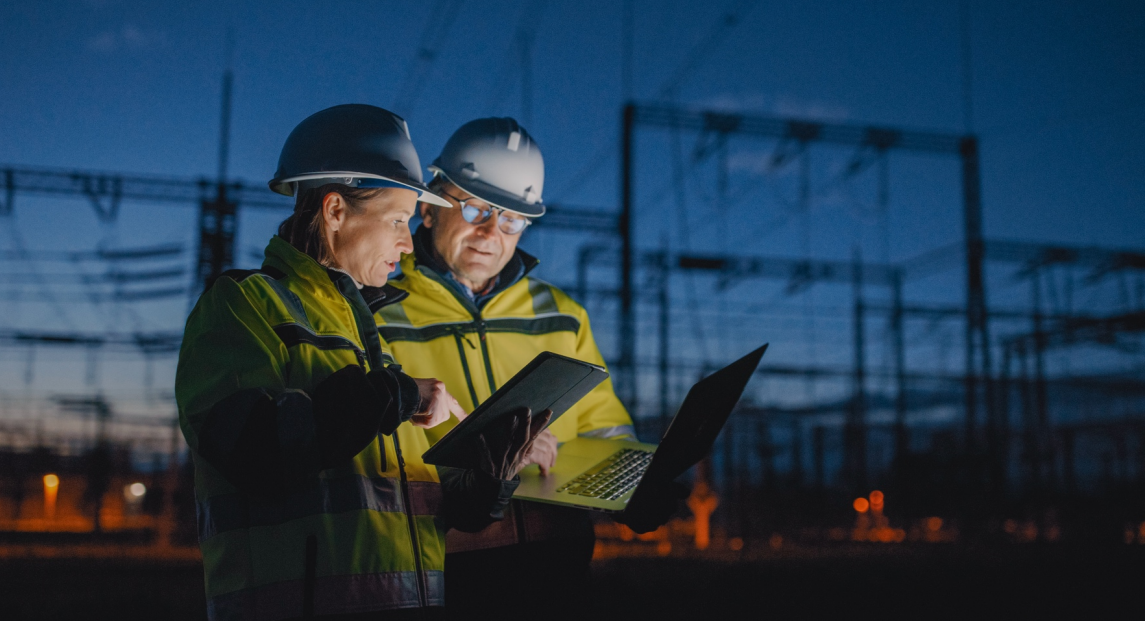


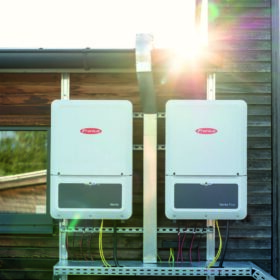

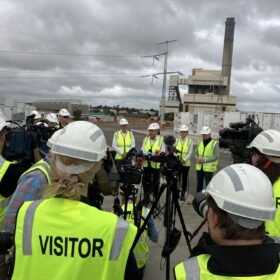
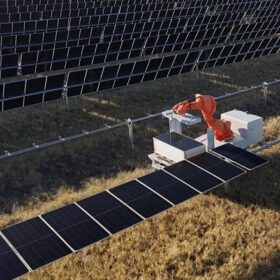
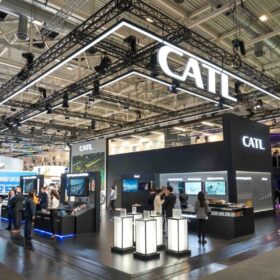
By submitting this form you agree to pv magazine using your data for the purposes of publishing your comment.
Your personal data will only be disclosed or otherwise transmitted to third parties for the purposes of spam filtering or if this is necessary for technical maintenance of the website. Any other transfer to third parties will not take place unless this is justified on the basis of applicable data protection regulations or if pv magazine is legally obliged to do so.
You may revoke this consent at any time with effect for the future, in which case your personal data will be deleted immediately. Otherwise, your data will be deleted if pv magazine has processed your request or the purpose of data storage is fulfilled.
Further information on data privacy can be found in our Data Protection Policy.